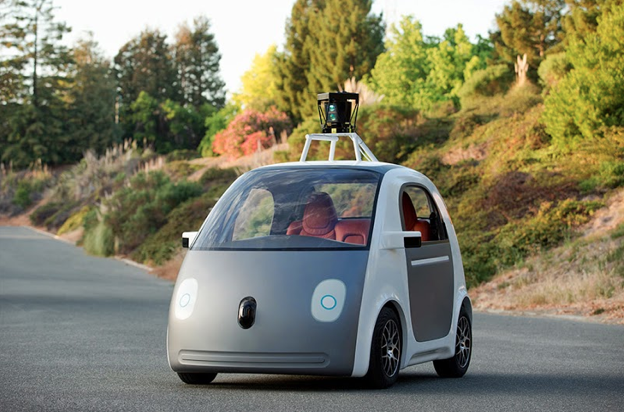In the George Orwell book, 1984, the overriding theme was “Big Brother is Watching.” With telematics, science fiction is now closer to reality. Telematics is the branch of information technology that deals with sending and receiving information, as well as effecting control over remote objects. The data collected is the basis for usage-based insurance (UBI). Helping clients understand the use and impact of telematics and usage-based insurance is another value-added service of the professional insurance agent.
The National Association of Insurance Commissioners estimates that by 2018, 20% of vehicle insurance will incorporate some type of UBI. The number of UBI policyholders around the world was nearly 12 million in 2015, including more than five million in the United States. The global number is expected to grow to 142 million by 2023 (www.ihsmarkit.com). Some insurers offer significant discounts for UBI. The “catch” is they want to install what amounts to an airplane’s “black box” in the vehicle.
Telematics is an extension of the Global Positioning System technology (GPS). GPS was originally developed by the military to help keep track of equipment and personnel around the world. Dozens of GPS satellites are now orbiting the planet, offering pinpoint location accuracy. GPS was switched from a military application to a civilian one, and the United States government made available free basic GPS signals to anyone in the world. With the emergence of widespread use of the internet in the 1990s, the telematics industry expanded. Telematics uses the GPS location capabilities, and adds analysis of the data and communication with outside parties. The data collected is used to offer additional services, including navigation, information on the vehicle’s performance, and the latest sports scores. There are a vast number of potential uses for telematics.
Telematics is not a new concept. One of the earliest systems, General Motors’ OnStar, was introduced in 1995. The Automatic Crash Notification system will contact both the driver and a 24-hour call center to send assistance. Roadside assistance and vehicle theft recovery were additional services provided. Features are available to track, slow down and disable the ignition of stolen vehicles. The basic concept of UBI is that driver behaviors are measured in a real-time environment. Telematics uses technology to collect data on such variables as speed and locations driven, hard braking and hard cornering, time of day, air bag deployment, and other behaviors. Initial providers of UBI discounts for automobiles used miles driven as the criterion for premium reductions.
UBI has expanded beyond its initial vehicle concentration. It has evolved from a device placed in the car to a comprehensive communication system, including integrated GPS and navigation systems. Smartphone applications are now available. Telematics with GPS is being used by fleet owners to track shipments and reduce costs. Fleet telematics systems include almost real-time location and status information on the entire fleet, in a web-based platform, eliminating the need for paper logs. This can save time and enhance safety. It can also track the amount of time the driver is behind the wheel. For safety reasons, drivers are often required to limit their hours driven.
Telematics can be useful in expediting the claims handling process. When notice of an incident is received in the monitoring center, a claim file can be initiated, the car can be picked up and taken to a repair shop, and a rental car sent to the insured, all within a short period of time after the incident.
Telematics data has been brought in as evidence in various claims situations, including workers’ compensation. For example, a truck driver might say he or she was injured while on the job, while telematics data show that the driver had in fact deviated from their prescribed route and was on personal business at the time of the incident.
With technology, the world is becoming smaller. More and more information is available. Helping clients understand the use of telematics, including its advantages and disadvantages, is another sign of the true insurance professional.
Read more at http://www.insurance-advocate.com/2017/06/12/telematics-and-usage-based-insurance/












